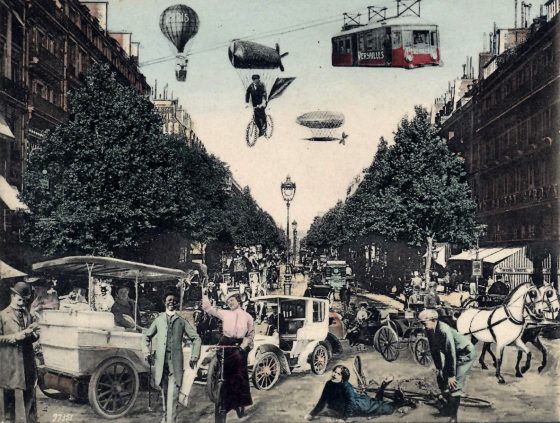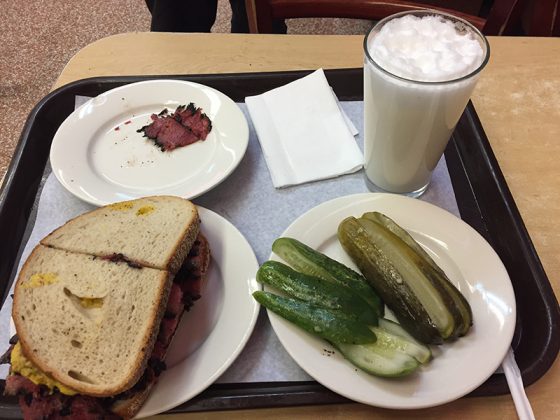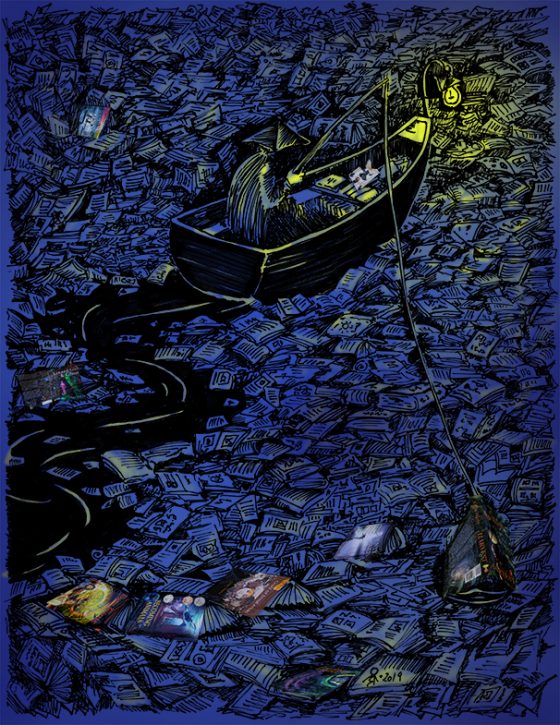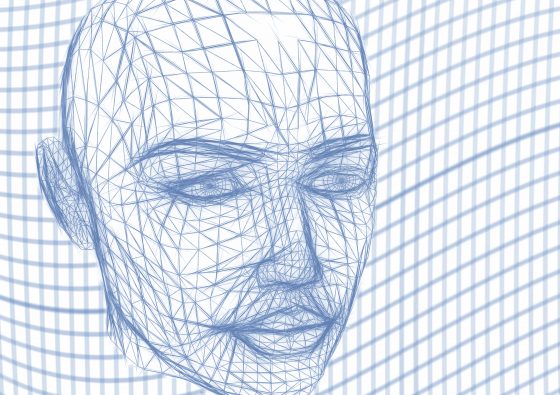
I moved from New York to California in 1989, the year the Bay Bridge collapsed due to a powerful earthquake, the year all those people died, the year I was run over by a car while crossing the street, the year I was supposed to have gotten married but learned that my fiancé was cheating on me with my best friend. Those were just the highlights, there was much more insane stuff that happened but if I wrote it down, no one would believe it to be a true story. My life, that year, was an overwrought soap opera. It was my year of emotional pandemic. But it got better. I learned to walk again. I got my doctorate. I met the love of my life. I had two amazing kids. And now I even get to imagine whole universes in my head. I live a pretty amazing life. I’m very lucky. But it was a journey. 1989 was my year of living dangerously — I read every doomsday apocalyptic dystopian novel I could get my hands on. Literature saved my life, literally! If not for the ability to escape into another world, into another life, I would have not…






